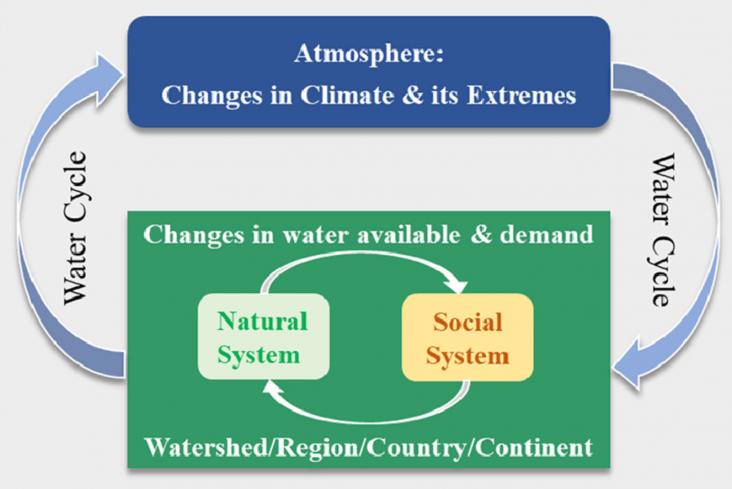Elsevier,
Contamination of Water, Health Risk Assessment and Treatment Strategies, 2021, Pages 265-284
This chapter examines how PPCPs are often termed as micropollutants or trace organics, as these compounds are present in the µg/L range in the environment. PPCPs may pose a serious threat to aquatic life, having acute and chronic toxicity responses. As a result, there is a need for evolving technologies to detect, identify, and remediate compounds from these micropollutants.
Held in partnership with the University of Johannesburg, this Elsevier webinar discusses the SDGs and how researchers can incorporate them into their work.
Held in partnership with the University of São Paulo, this Elsevier webinar discusses the SDGs and how researchers can incorporate them into their work.
The identified thematic gaps in Kenyan school books, particularly regarding sanitation, hygiene, and menstrual hygiene education, align with global WASH priorities and require urgent attention, especially in light of COVID-19. Addressing disconnects between educational content, WASH interventions, policies, and implementation highlights the necessity for improved integration to foster sustainable behavior change, emphasizing the importance of leveraging local educational materials and knowledge to engage teachers and school managers effectively and enhance WASH practices in schools. [low-income country and hotspot school]
The widespread consumption of electronic devices has made spent batteries an ongoing economic and ecological concern with a compound annual growth rate of up to 8% during 2018, and expected to reach b
Quantification and extent mapping of seawater intrusive zones are extremely critical for coastal aquifers, especially for those impacted with anthropogenic stress.
This review article assesses evidences published in the past two years on the links among slow-onset events, food security and poverty as well as the strategies focused on reducing specific problems,
The processes of salinisation and alkalinisation of soil that caused the formation of different types of saline (halomorphic) soils are characteristic of the northern part of Serbia — the area of Vojv
The association of melting Himalayan glaciers and planetary health is complex.

Water is the fundamental natural resource that supports life, ecosystems and human society. Thus studying the water cycle is important for sustainable development.
